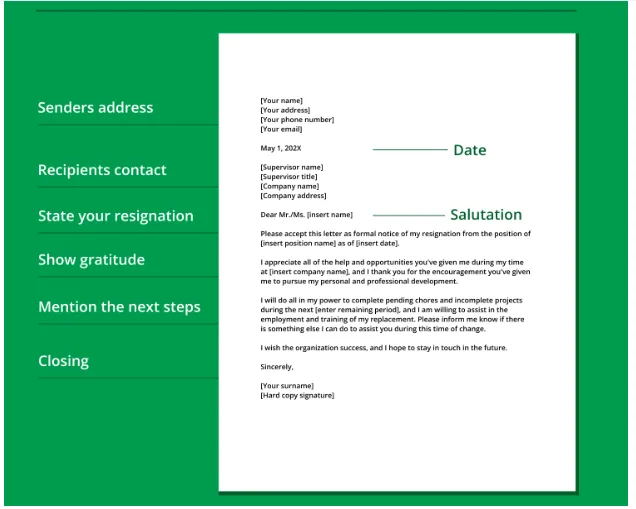How to Tell If You Have Mice or Rats in Your Home
Discovering that you might have unwanted rodents in your home is never a good feeling. Mice and rats are both common pests that can cause serious damage, contaminate food, and even pose health risks. But before you panic or run out to buy traps, the first step is figuring out what exactly you’re dealing with. Are those scratching noises coming from a tiny mouse—or something bigger, like a rat?
At Ratpack Pest Control,the best pest control company in Ashburn, we understand how stressful it can be to have rodents in your space. This article breaks down the key signs that can help you tell whether you’re dealing with mice or rats—and what to do about it.
1. Size and Appearance of Droppings
One of the most noticeable and easiest clues to identify is droppings. Rodent droppings are often found near food sources, in cabinets, under sinks, and along baseboards.
- Mouse droppings are small—about the size of a grain of rice—and pointed on both ends. They’re typically dark brown or black.
- Rat droppings, on the other hand, are larger—up to half an inch long—and more sausage-shaped with blunt ends.
If you’re seeing small, scattered droppings, it’s likely mice. Larger, more oval droppings may indicate rats.
2. Noise at Night
Rodents are nocturnal, meaning they’re most active at night. You may hear scratching, scurrying, or chewing sounds—especially in the walls, attic, or under the floors.
- Mice tend to sound lighter and quicker when they move, with soft scurrying sounds.
- Rats make heavier, slower noises. You might even hear gnawing or dragging sounds because they’re bigger and stronger.
So, if you’re hearing loud movement or knocking in the walls, it could very well be rats.
3. Look at the Nesting Materials
Both mice and rats build nests using whatever materials they can find—paper, fabric, insulation, dried plant matter, etc.
- Mice nests are usually smaller and tucked away in tight, hidden spaces—like behind appliances or in wall cavities.
- Rat nests are larger and often found in basements, attics, or crawlspaces. Rats also tend to build burrows if they have access to soil or dirt.
If you find a tightly packed, shredded-paper nest in a tiny corner, it’s probably a mouse. Larger nests or visible tunnels in the ground might mean rats.
4. Footprints and Grease Marks
Rodents tend to use the same paths over and over, and they’re not very clean about it. Over time, they leave behind:
- Grease marks from the oil and dirt in their fur. Rats are especially guilty of this—they leave dark, greasy smudges along baseboards or pipes where they squeeze through.
- Footprints or tail marks in dusty areas. Mice tracks are smaller with tinier feet, while rats leave larger prints and visible tail drag marks.
If you’re not sure, sprinkle some flour or baby powder in the area overnight and check for tracks in the morning.
5. Chewing and Gnaw Marks
Both mice and rats need to chew constantly to keep their teeth from overgrowing. But the size and damage caused can tell you which pest is present.
- Mice usually nibble on softer materials like cardboard, food packaging, or wires. The holes they leave are small and often have a shredded look.
- Rats can chew through wood, plastic, and even some metals. They leave larger, rough-edged holes and can cause more extensive damage to property.
If you notice bite marks around food containers or entry points, take a closer look at the size and location to figure out the culprit.
6. Pets Acting Strange
Believe it or not, your pets might be the first to notice a rodent problem. Dogs might bark at the wall or sniff obsessively at certain corners. Cats might seem fixated on one spot or become unusually alert.
While pets won’t be able to tell you if it’s a mouse or rat, their behavior can help you narrow down where the pests might be hiding.
7. Daytime Sightings
If you actually see a rodent during the day, that’s a sign the infestation might be more serious. Mice and rats are both mostly active at night, so seeing one in broad daylight often means the population has grown and forced them to search for food at off times.
- If you see a small, grayish rodent darting across the floor, it’s likely a mouse.
- A larger rodent with a thicker body and long tail is most likely a rat.
What to Do If You Think You Have Mice or Rats
Whether you suspect mice or rats, it’s important to take action quickly. Rodents multiply fast and can cause real problems for your home and health.
At Ratpack Pest Control, we specialize in identifying and removing rodent infestations safely and effectively. We don’t just treat the symptoms—we help you get to the root of the issue, seal up entry points, and offer prevention tips to keep rodents from coming back.
If you’re unsure what kind of rodent you’re dealing with or just want professional help, don’t wait—contact us today for a full inspection.
Final Thoughts
Mice and rats may seem similar, but the signs they leave behind can tell you a lot. From the size of droppings to the sounds they make, paying attention to the details can help you identify what’s going on—and get the right help before the problem gets worse.
Remember, you’re not alone in dealing with unwanted pests. We are here to help you take your home back—mouse-free, rat-free, and stress-free.






